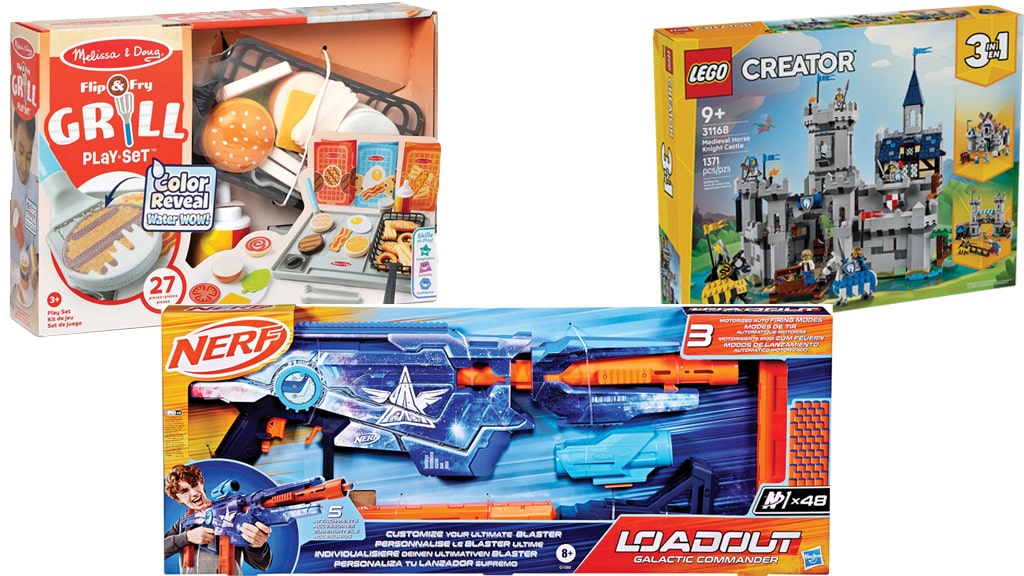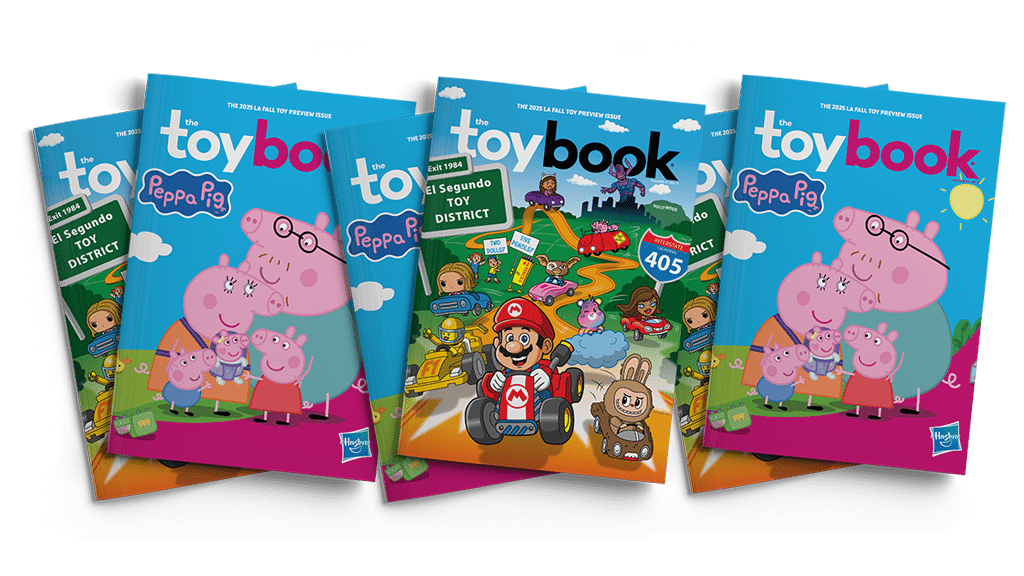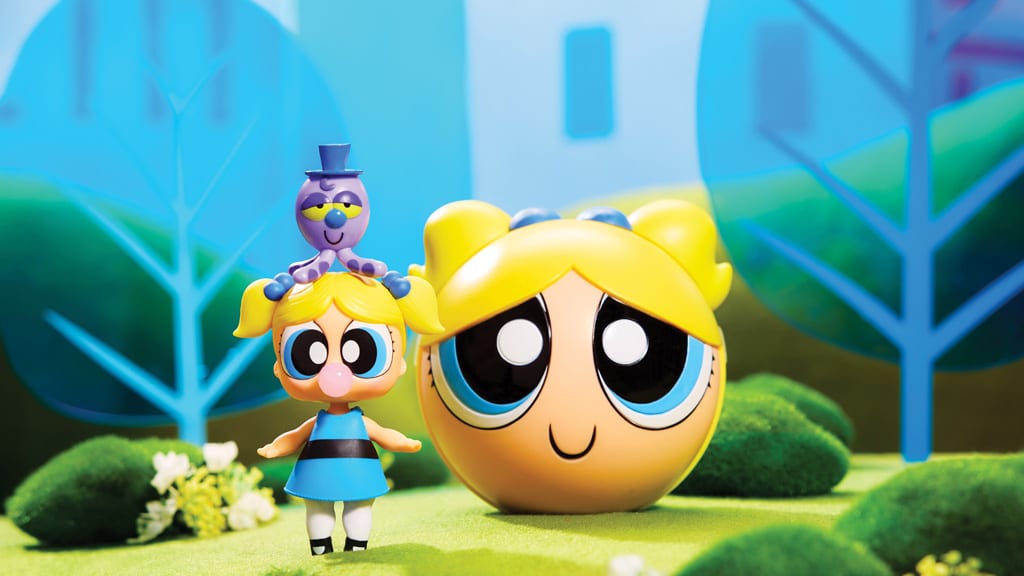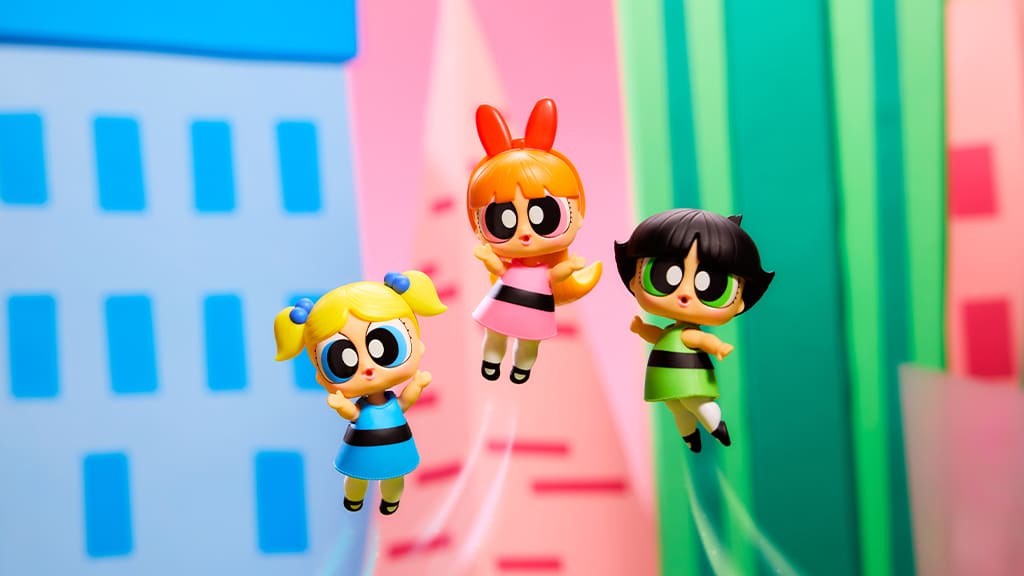by Ted Mininni, President & Creative Director, Design Force Inc.
In the world of consumer products, packaging is always important. But in the toy industry, it’s critical. More than any other category, toys rely on eye-catching, emotionally charged packaging to drive sales. Walk down any toy aisle, and you’ll see a battlefield of colors, characters, and structural shapes competing for kids’ attention — and parents’ wallets. Packaging is where the battle is won or lost.
PACKAGING IS WHERE PLAY BEGINS
For toys, packaging isn’t just a vessel that contains a product at retail — it’s the first moment of engagement. Like any first impression, it sets the tone. It starts the story. And it becomes part of the play experience. It can even be the core of that experience for some toy brands.
Few brands demonstrate this better than MGA Entertainment’s L.O.L. Surprise! The toy itself is often secondary to the ritual of opening the package. Multiple layers of mystery wrapping, secret compartments, hidden messages, and blind-bag accessories make unboxing the central feature. Kids enjoy the anticipation and the reveal as much as playing with the dolls. The packaging provides the magic and helped turn L.O.L. Surprise! into a billion-dollar brand.
Let’s face it — no one gets excited about opening the box for a phone charger. But kids can’t wait to unwrap the layers of an L.O.L. Surprise! ball. That difference makes toy packaging fundamentally unique. Kids often aren’t reading the packaging, so it must work without relying on words. That means toy packaging does more heavy lifting than packaging for most other products. It has to communicate story, emotion, function, and brand personality, all in a matter of seconds.
VISUAL APPEAL EQUALS SURVIVAL IN THE TOY AISLES
Toy aisles are visual chaos. Hundreds of SKUs compete to be the loudest, boldest, and most irresistible. In this crowded space, shelf impact is king. Packaging often becomes the sole differentiator between two competing toy brands, especially for younger audiences. If it doesn’t grab attention from six feet away, it’s already lost.
Brands like Barbie understand this well. Look at any Barbie package — even from a distance — and it’s recognizable: pink rules, the doll is clearly visible, and aspirational messaging reinforces the brand mantra, “You Can Be Anything.” Mattel has spent decades fine-tuning Barbie’s packaging to communicate empowerment and glamour while remaining approachable for kids and parents.
NERF takes a different — but equally strategic — approach. Bold colors, aggressive typefaces, and action-packed imagery make every blaster feel like a gadget from a futuristic battlefield. Hasbro designed the packaging to shout from the shelf: “This is fun,” “This is powerful,” and “You need this now.”

ONE CLEAR STORY: THE SECRET TO GREAT PACKAGING
Excellent packaging tells a story instantly and without words. Kids want adventure and imagination. Parents want purpose and safety. Toy packaging must deliver all of these with clarity. And unlike other categories, toys are bought on emotion, not based on features alone. Kids want toys connected to their favorite movie, animated series, or video game. Parents want to give their child joy, creativity, nostalgia, and enrichment. Packaging must deliver all those emotional hooks at once.
The LEGO Group is the benchmark here. Every package shows exactly what’s inside, but more importantly, it shows what’s possible. A castle under siege. A spaceship mid-launch. A city block alive with minifigures. LEGO packaging doesn’t sell bricks, it sells worlds. To parents, it signals creativity and cognitive development. To kids, it’s a window into what they’ll build, imagine, and rebuild. It’s more than a simple construction toy.
While other consumer products categories sell on features, benefits, and price, toys sell on dreams. And dreams are sold through the art of great package design.
ONE PACKAGE, TWO AUDIENCES
Toy packaging must appeal to two target audiences: the child who wants it and the adult who buys it. This dual audience creates a rare design challenge — and a powerful marketing opportunity. Kids want fun, color, characters, and excitement. Parents want durability, educational value, price justification, and brand trust. Strong toy package design bridges that gap. It excites kids while reassuring adults in their purchases.
Melissa & Doug excels in this space. Its packaging is clean, often paperboard-based rather than plastic, and its messaging is focused on creativity, safety, and child development. It speaks directly to parents yet remains bright and friendly enough to engage kids.
Compare that with snack foods, where packaging mainly appeals to taste and price, or electronics, where function and specs drive the sale. Toy brands must sell both fantasy and functionality, and the packaging has to deliver both, often in seconds, at a glance in the aisle.
PACKAGING BUILDS MEMORY AND MEANING
Great toy packaging doesn’t just sell once, it creates a mental imprint. Over time, it builds brand equity. Kids grow up recognizing a brand’s color palette, fonts, imagery, and design architecture. That recognition becomes loyalty, which is invaluable in a category where trends change quickly and new competitors constantly emerge.
Fisher-Price’s iconic red and white scalloped logo has remained consistent for decades. It’s friendly, playful, and unmistakable. To parents, it signals safety and durability. To toddlers, it just feels like fun.
The orange and black of Matchbox; the red and yellow Hot Wheels flame against a blue background. These elements stay in our memory because of their repeated, intentional use in packaging. That consistency builds emotional connections across generations.
PACKAGING IS THE WORKHORSE
No other category demands as much from packaging as toys do. It must grab attention, tell a story, excite a child, reassure a parent, stand out on shelves, and perform online. It’s the first brand touchpoint, the primary marketing tool, and often part of the play experience itself.
Toy brands that treat packaging as an afterthought miss the point and miss the sale. The most successful brands treat packaging as a core element of product development, not a final step.
Because in the toy business, if packaging doesn’t sell the dream, even the most innovative products never get the chance to deliver it.

Stay on the Pulse of Play!
A version of this feature first appeared in the 2025 LA Fall Toy Preview Issue of The Toy Book. Read the full issue here!
Want The Toy Book delivered straight to your desk? Subscribe today and get seven big issues a year — packed with the stories, trends, and insights that keep you on the #pulseofplay.



